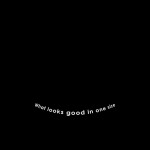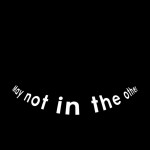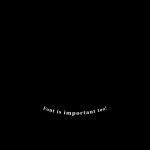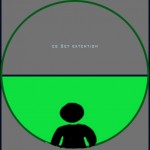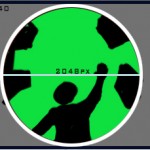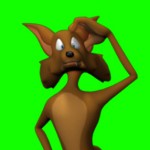Often times I find myself being asked, “what do you do for a living?” and it’s never a short answer.
The response is usually, “I design Planetarium shows”. The conversation never stops there. It’s usually followed by remarks of wonder, and enthusiasm, but never a sense of comprehension. So of course an explanation is needed to further fill out exactly what kind of planetarium shows that it is I design.
Explaining that Planetariums are no longer just planetariums is my first step, and introducing new vocabulary of Full Dome Video, is what follows. I usually explain that if they’ve seen an IMAX show, to imagine being inside the screen rather than looking at it.
We turn the entire surface of the dome into one large screen that uses modern animation techniques similar to that of the motion picture industry. Which of course makes for even more enthusiasm and excitement, and a little more sense of what it is I do.
This concept that Planetariums are no longer just grounded in space science has been something that most science centers, and planetariums are having trouble explaining to the public. We can do anything now, and seeing as this new spectrum of opportunities is wonderful, its equally troubling because the public’s expectations haven’t caught up yet. They come to a Planetarium to sit in the dark and see stars. So of course “Branding” has become a central focus for newly converted domes. Terms like SciDome, DigiDome and Dome Theater, are being used to get people to understand its not just a Planetarium anymore, but instead a Full Dome experience. We here at Morehead are going through the same growing pains, and are currently in process of discovering what our new theater will be called once its upgraded.
As the medium continues to gain ground, and become more widely recognized, this will of course become a problem of the past. I’m excited to think that one day people will happily be able to go down to the science center not knowing what to expect, rather than expecting something they’ve seen before. That having a show about biology, or zoology will be just as excepted as seeing a show on the constellations, or our solar system. Who knows, maybe even one day going to the Planetarium looking forward to catch that new Hollywood blockbuster that has been released on limited dome screens.
Maybe that last part is just a nerdy fantasy of being able to see Batman vs Superman on a dome, but a boy can dream.



